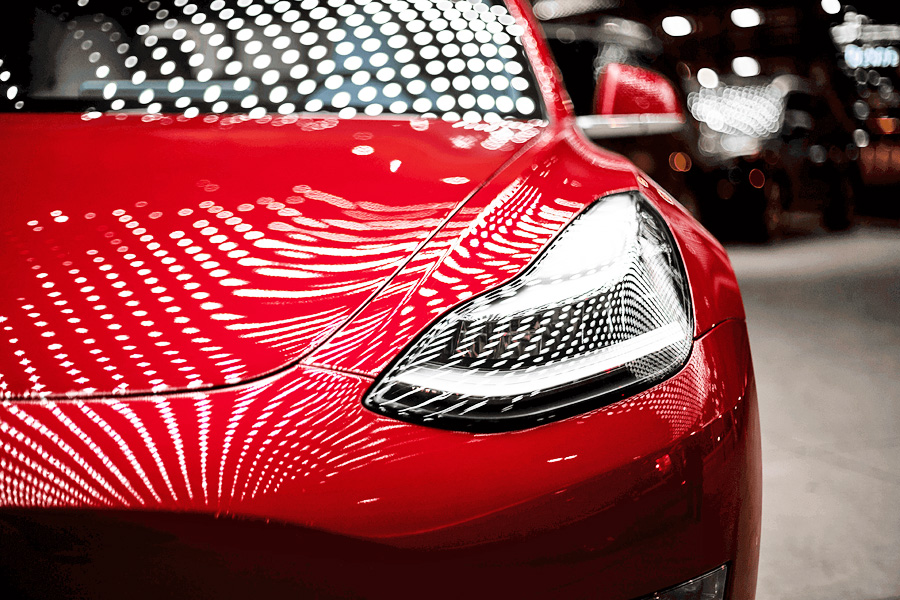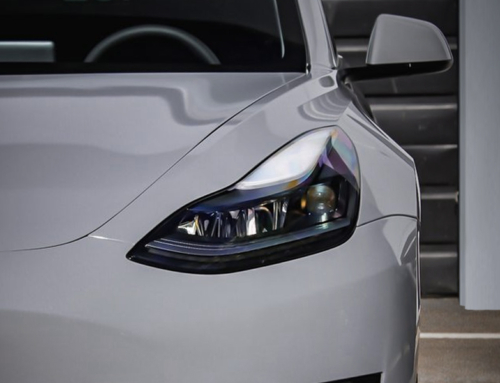Are you tired of spending hours and hours on maintaining the shine and protection of your vehicle? Look no further because ceramic coating is here to revolutionize the way you protect your car’s paint.
In this ultimate guide, we will take you through everything you need to know about ceramic coating. From understanding the science behind it to the application process, benefits, limitations, and even a comparative study with waxing.
We will also discuss whether professional application is worth it or if you can go the DIY route.
Additionally, we will talk about precautions and maintenance after application. By the end of this guide, you will have all the information you need to decide if ceramic coating is the right choice for your vehicle.
Get ready to elevate your car’s protection game!
What is Ceramic Coating?
Ceramic coating is a protective layer that is applied to a vehicle’s paint to provide long-lasting durability and protection from harmful UV rays and environmental contaminants. Unlike traditional wax or sealants, ceramic coatings form a semi-permanent bond with the surface of the car, creating a hard layer of protection.
One of the key features of ceramic coatings is their ability to create a hydrophobic surface, repelling water and dirt. This makes it easier to clean and maintain the coated object. Additionally, ceramic coatings provide a glossy finish, enhancing the appearance of vehicles or other objects.
Application Process
The application process of ceramic coating involves multiple layers to ensure a durable and long-lasting finish.
To begin, the surface must undergo thorough cleaning and preparation to remove any contaminants. Specialized tools and techniques are utilized to apply the ceramic coating carefully. After application, the coating needs to cure for a specific period, usually 24-48 hours, to fully harden. This proper application and curing process are crucial for the coating to provide maximum protection and longevity.
By following these steps, car owners can achieve a high-quality ceramic coat that offers a protective layer against harmful elements such as tree sap, oxidation, grime, bird droppings, and more.
Longevity & Durability
Proper maintenance is key to ensuring the longevity of ceramic coatings on car paint.
While most professionally-applied ceramic coatings can last between 5 to 10 years or around 50,000 miles with proper care, it’s important to note that several factors can impact their effectiveness over time. One of the biggest factors is mileage – the more miles a car travels annually, the faster the coatings may deteriorate.
It’s crucial to regularly clean and maintain the coated surface to help preserve its protective properties. By doing so, you can extend the lifespan of their ceramic coatings and continue enjoying the benefits of enhanced paint protection for years to come.
Cost
The cost of ceramic coating can vary significantly, ranging from $500 to $5,000 or more.
Several factors contribute to this variation:
- The size and complexity of the vehicle.
- Additional surfaces you want coated, such as the glass, wheels, or interior.
- Longer duration of protection.
- Your vehicle requires paint correction to ensure a flawless finish.
It’s essential to consider your budget and priorities when selecting a ceramic coating package. While higher-priced options may offer extended durability and added benefits, lower-cost alternatives can still provide excellent protection. Ultimately, it’s recommended to consult with professionals who can assess your specific needs and provide accurate pricing based on your requirements.
Limitations
While ceramic coating offers numerous benefits for your vehicle, it does have its limitations.
Firstly, it cannot guarantee complete protection against scratches or swirl marks. While it provides a layer of defense, it won’t make your car scratch-proof or indestructible.
Additionally, ceramic coating doesn’t eliminate the need for regular maintenance and cleaning.
It also doesn’t protect against extreme heat or environmental damage. Furthermore, it cannot repair existing paint damage or imperfections. It’s essential to understand these limitations to set realistic expectations for your ceramic-coated vehicle.
Maintenance
Regular maintenance is crucial for extending the life of your ceramic coating. Use non-abrasive products to wash your vehicle regularly, avoiding harsh chemicals that can damage the coating. Regular inspections and touch-ups can prevent any minor issues from worsening over time. Applying a protective sealant periodically will enhance the longevity of the ceramic coating. It’s also important to park in shaded areas and limit exposure to sunlight to prevent premature fading or degradation of the coating. By following these steps, you can maximize the lifespan of your ceramic coating.
Finally, scheduling periodic inspections and touch-ups will help ensure that the ceramic coating remains intact and effective.
Bottom Line
Ceramic coating offers numerous benefits to protect your vehicle’s paint and enhance its appearance. It provides long-lasting durability, protection against UV rays, scratches, and chemical contaminants. However, it’s essential to understand that ceramic coating is not a magical solution and has limitations. It cannot fix existing damage or prevent all types of scratches. Additionally, it’s crucial to consider factors such as climate and maintenance for optimal performance.
Whether you choose professional installation or opt for a DIY approach depends on your preferences, budget, and level of expertise. Consider the initial cost, time investment, and desired results before making a decision.
Stay informed about the latest trends in ceramic coating technology to ensure you’re getting the most advanced and effective products. And finally, evaluate if ceramic coating aligns with your specific needs and expectations.
Protect your investment and keep your vehicle looking its best with the right choice of ceramic coating.




